Josif V. Dzhugashvili was born on December 21, 1879, in Gori, Georgia, the child of a shoemaker and a washerwoman. Other sources give December 18, 1878. As a teenager, he entered the Orthodox seminary of Tbilisi in 1894. Here he first read Marxist writings that impressed him more than theology. In 1898 Joseph Stalin became a member of the Russian Social Democratic Workers' Party (SDAPR). He immediately began revolutionary actions and consequently had to leave the seminary in 1899.
Joseph Stalin (1878 to 1953)
BackThe paranoid, steely ruler to whom human lives meant nothing
Josef Stalin was the most ruthless dictator of the Soviet Union. He cut the entire rule to his Peron and mercilessly eliminated all Polish and supposed opponents through mass purges. He carried out forced collectivization of the peasantry and pushed ahead with industrialization. Thanks to the victory against Nazi Germany, the Soviet Union became a superpower under his regime.
The child of a shoemaker, he was born Josef Vissarionovich Dzhugashvili in Gori (Georgia) in 1878. His father was an alcoholic who regularly beat him and his mother. He left school as the best student and entered an Orthodox seminary in Tbilisi. During this time he began to study Marxist ideas and read Lenin's writings when the Tsar still ruled Russia. He now became politically active and was soon expelled from the seminary.
Stalin joined the Bolsheviks in 1903. In 1912, he led a bank robbery in Tbilisi to finance the Bolsheviks. From 1912, Stalin was a member of the Central Committee and was given the name "Stalin" by Lenin. After the February Revolution of 1917, he went to Petrograd and worked in the editorial office of the newspaper "Pravda". After the October Revolution of 1917, he participated in securing the power of the Bolsheviks and incorporated the Caucasian peoples into the new Soviet Union.
Since 1922, Stalin was Lenin's general secretary. He decided the power struggle with Leon Trotsky in his favor and established himself as autocrat in 1927. Forced collectivization expropriated the peasantry and the ensuing famine killed millions.
Starting in 1928, there were five-year plans that promoted industrialization. Between 1936 and 1938, "purges" against political opponents took place in show trials. One spoke of the "Great Terror". In this way, Stalin installed a totalitarian dictatorship from which not even the most loyal party members were spared. A charismatic leader cult spread around Stalin, permeating all spheres of public life.
On August 23, 1939, Stalin concluded a non-aggression pact with Hitler. Stalin had himself appointed commander-in-chief of the Red Army in 1941. After the invasion of the Soviet Union by the Wehrmacht, he initially appeared unresponsive. After the turn of Stalingrad, Soviet troops advanced as far as Berlin and defeated Nazi Germany. In Central and Eastern Europe, Stalin established communist governments dependent on the Soviet Union.
At the Potsdam Conference, the original cooperation developed into an East/West conflict. It was followed by the division of Germany and the Cold War. Stalin wanted to bring West Berlin to its knees with a blockade but the Western Allies supplied the district from the air. In March 1952, Stalin offered - in vain - an ultimate offer of German reunification to the Western powers in the Stalin Notes. Stalin died in Moscow on March 5, 1953. After his death, a partial reappraisal of Stalin's crimes began.
Banishment, marriage, escape, robbery and prison (1903)
After the split of the SDAPR, Stalin sided with the Bolsheviks under Vladimir I. Lenin and shortly thereafter was exiled to Siberia. There he met and married Ekaterina Svanidze. From this marriage came his first son Yakov Iossifovich Dzhugashvili, who was taken prisoner by the Germans as an artillery officer during World War II. Stalin did not seek his release and so he was shot while trying to escape from the Sachsenhausen concentration camp.
Stalin fled Siberia in 1904 and began organizing robberies for the revolutionaries. The most spectacular robbery was of the Reichsbank branch in Tbilisi in 1907, which yielded a loot of 250,000 rubles. In the same year his wife died.
In the period between 1907 and 1913 he was arrested several times and sentenced to prison terms, which, however, were short. He developed extraordinary organizational skills and established contacts with the state tsarist secret police. From 1913 to 1916 he was again exiled to Siberia.
Stalin was a brilliant organizer (1917)
As early as 1912, Josif V. Dzhugashvili came to Lenin's attention as he was a brilliant organizer. Lenin appointed him to the Central Committee of the Bolsheviks. From that year he changed a name to Stalin ("the Steely One").
After the October Revolution Stalin went to St. Petersburg and worked in the party organization of the Bolsheviks. He was involved in the preparation of the seizure of power and became a member of the editorial board of "Pravda".
As People's Commissar for Nationalities Affairs, he used the Red Army to forcibly reintegrate the Caucasian peoples who had seceded from Soviet Russia.
In 1919, Stalin became a member of both the Political and Organizational Bureaus when the party was reorganized. He married Nadesnda Alliluyeva and gradually built up his positions of power in the years that followed.
Stalin rises to become the leader of the CPSU (1928)
After Lenin's death in 1924, his influence and power grew. Lenin's warnings about Stalin's ambitions were of no use, because he kept all his posts after Lenin's death. He forged alliances and gradually eliminated all competitors. The office of general secretary became Stalin's key position in his inner-party power base. He was well positioned in the struggle against his rivals and gradually eliminated all competitors. From then on, he suppressed all inner-party opposition.
Forced Collectivization and "Killing by Hunger" (1929)
Under the maxim of "socialism in one country," Stalin used his undisputed power to enforce forced collectivization in agriculture. With the help of five-year plans, he forced industrialization.
Josef Stalin pursued the goal of suppressing the Ukrainian will for freedom. In doing so, the Bolsheviks took radical and cruel action against the Ukrainian elite. About 10 thousand clergymen were murdered and about 50 thousand intellectuals were deported to Siberia, including the most important poets, writers and artists.
The Bolsheviks then turned on the peasantry, which stubbornly resisted collectivization and re-education. A drought in the spring of 1932 caused the harvest to be smaller than usual. Despite the hunger of the rural population, however, the party cadres massively increased the peasants' tax quotas. Grain was sold on the world market to raise foreign currency. The revenues were used to industrialize the Soviet economy and for armament purposes.
Stalin knew no scruples and decided in the fall of 1932 to use the hunger crisis specifically against Ukraine. The borders of Ukraine were closed and no one could leave. A plan was made to liquidate the opposition peasants who were called "kulaks and the Petlyur counter-revolutionaries". Two thousand kolkhoz leaders were then arrested. Thus, the grain target for the coming year was not met.
The opposing peasants were fined "in kind" and blacklists were created. Food demands on peasants were drastically increased. Household items such as soap and kerosene were confiscated in the villages. Bolshevik brigades searched for hidden food and systematically looted the villages. As a result, many peasant families lost all their possessions and ended up begging for food in the cities. The hardship was so great that cannibalism occurred.
Depending on the estimate, between 3 and 14 million people starved to death.
The "Great Purge" and Deportations of Peoples (1934)
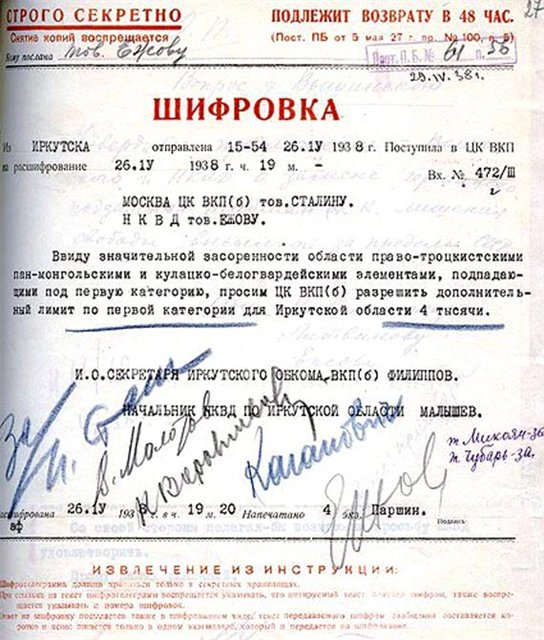 On April 26, 1938, the Irkutsk representatives of the Party and the NKVD ask the Central Committee by telegram to increase by 4,000 the quota of persons to be shot. This request was granted by the Politburo.
On April 26, 1938, the Irkutsk representatives of the Party and the NKVD ask the Central Committee by telegram to increase by 4,000 the quota of persons to be shot. This request was granted by the Politburo.
By this time, Stalin had already created many enemies and so his paranoid traits became more and more grotesque. With the "Great Purge," Stalin destroyed all potential and perceived opponents of his rule. He did not even shy away from the former Bolshevik leadership from the Lenin era. They were convicted and executed in show trials. The chief prosecutor of the Moscow trials from 1936 to 1938 was the Prosecutor General of the Soviet Union Andrei Vyshinsky. Much of the military leadership around Marshal Mikhail Tukhachevsky was also accused of conspiracy and killed. This was later avenged when the Germans invaded the Soviet Union in 1941. Many cadres who followed were still young and inexperienced as a result of the purges. The losses in the first months of the war were immense. Even countless foreign Communists who had emigrated to the Soviet Union fell victim to the persecutions.
Kulaks" (large farmers), priests, monks and church laymen also fell victim to the purges. Relatives of those arrested were put into clan custody. There was great fear among the population and the hour of the denunciators had come. Stalin gave guidelines on how many people had to be arrested. Thus, many even non-political people became victims in order to fulfill the planned target.
Leading heads who were responsible for the execution of the purges also fell into disgrace and were murdered. Nikolai Yeshov (after him the period is also called Yeshovshchina), the head of the NKVD from 1936 to 1938, survived the period just as little as his predecessor Genrich Jagoda. Yeshov was succeeded in 1938 by Lavrenti Beria, who continued the purges together with Ivan Serov. Beria was executed in 1953.
Stalin's propaganda, was often represented and advocated by communist parties abroad. The purges were considered a preventive measure to eliminate political opponents who would otherwise have collaborated with the Nazi state, with Japan, with Poland, with Finland, or with other "class enemies."
Some of Stalin's crimes were revealed and condemned in Khrushchev's secret speech at the XX Party Congress of the CPSU in 1956 (three years after his death). Moreover, in the course of de-Stalinization, victims were partially rehabilitated.
It was not enough for Stalin to eliminate his supposed political opponents. He also began to deport entire peoples and ethnic minorities, such as the Chechens, Ingush, Crimean Tatars, and Volga Germans, to camps (gulags) and regions of exile. Inhabitants of the territories occupied by the Red Army were also among the victims - Balts, Poles, Hungarians, Romanians, Germans.
Non-aggression pact with Germany (1939)
The USSR under Stalin concluded a non-aggression pact with the German Reich. On September 1, Nazi Germany invaded Poland and conquered the western part in a few weeks. Stalin invaded Poland from the east with the Red Army and so Warsaw surrendered on September 28.
After Poland was defeated, the German-Soviet Border and Friendship Treaty of September 28, 1939, agreed on closer cooperation between the two states. In a secret additional protocol the fate of the Baltic states as well as the transfer of the German, Ukrainian and Belorussian minorities to the respective spheres of power of the two states were determined. This secret additional agreement was later stubbornly denied by the Soviet Union.
Victory over Germany with unspeakable sacrifices (1941)
Stalin becomes chairman of the Council of People's Commissars and takes over the warfare after the German invasion of the Soviet Union. He proclaimed the "Patriotic War against Adolf Hitler. The Red Army was initially inferior to the German Wehrmacht due to the previous purges among officers, lacking experience.
In total, about 5.7 million soldiers fell into German captivity. Of these, three million died. Many freed soldiers were returned to prison after the war, accused of cowardice and/or collaboration. With 6.2 million dead and up to 25 million wounded and missing, the Red Army suffered the greatest losses.
In 1945, the Yalta and Potsdam conferences defined the postwar order. Eastern Europe fell under the influence of the Soviet Union and communist regimes were installed there.
Blockade of West Berlin started the Cold War (1948)
Stalin was now at the zenith of his power. But this did not prevent him from continuing a rigorous domestic policy with many purges, which lasted until his death.
With the blockade of West Berlin, Stalin tried to gain control over the entire city. However, the Western Allies provided the Western powers with a gigantic airlift so that Stalin had to break off the blockade without success.
Stalin's Death & Subsequent "De-Stalinization" (1953)
On March 5, 1953, Stalin died in a dacha near Moscow. From 1956, "de-Stalinization" began and autocracy was restricted in favor of a collective leadership of the party. In addition, many crimes from the Stalin era were dealt with. In 1961, Stalin's body was removed from the mausoleum on Red Square and buried on the Kremlin wall.
Embedded Videos
10 Brutal Realities of Life in Stalin’s Soviet Union
Most Evil Man - Joseph Stalin
BBC I Stalin: The Man of Steel I Documentary I HD
Apocalypse: Stalin - Demon - Episode 1/3 - WWII Documentary
Apocalypse: Stalin - Red - Episode 2/3 - WWII Documentary
Apocalypse: Stalin - Master of the World - Episode 3/3 - WWII Documentary
BBC Horizon - Stalin, Inside The Terror (2004)
Soviet Files: The Mystery of Stalin's Death
What do Russians think of Stalin? - BBC News
Comments & Conclusions
Crimes are forgotten more quickly when they are committed by the victor
Those who know history know that Joseph Stalin was a brutal, ruthless, cunning and paranoid ruler. To secure his power he simply walked over millions of corpses of innocent victims. Whether it was the starved Ukrainians, the displaced peoples, the millions in the gulags, the millions of soldiers' lives or even his own comrades-in-arms. No one could be safe from him.
The totalitarian regimes of the 20th century clashed and left a trail of blood unprecedented in the history of mankind. Stalin emerged victorious, and victors write history.
It is all the more sad that Stalin has become popular again in Russia today. It is incomprehensible how much ignorance prevails in today's society regarding communism.
Simultaneous events, periods or persons of Joseph Stalin
| Persons/Events/Periods | Subcategory | From | To | Reason of importance |
|---|
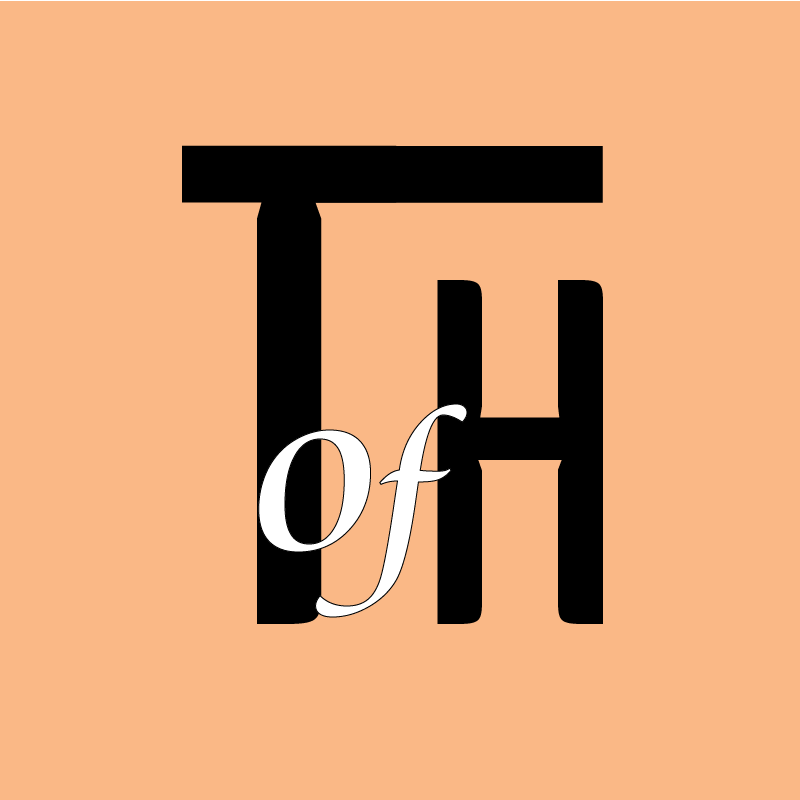
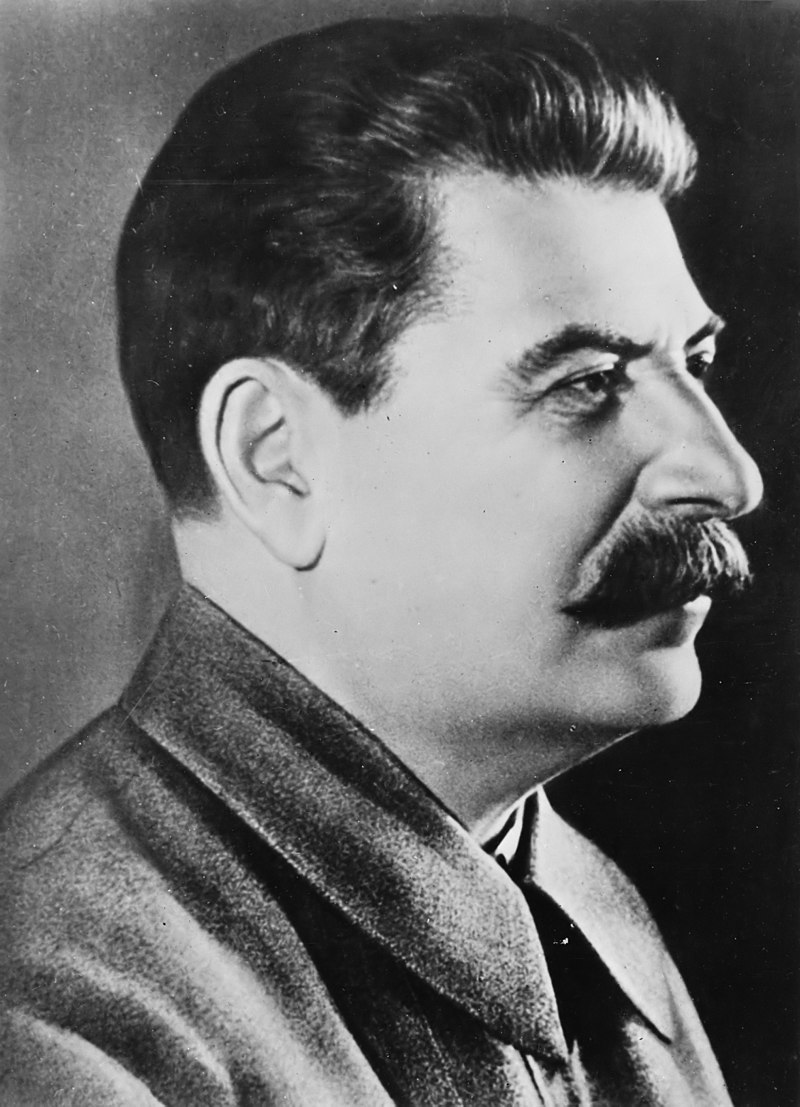
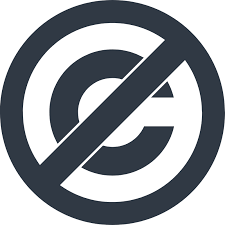
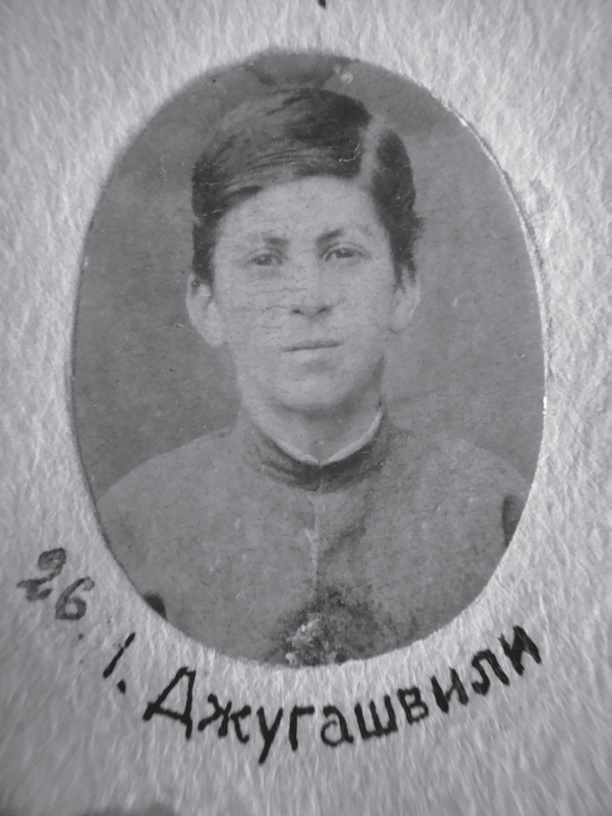
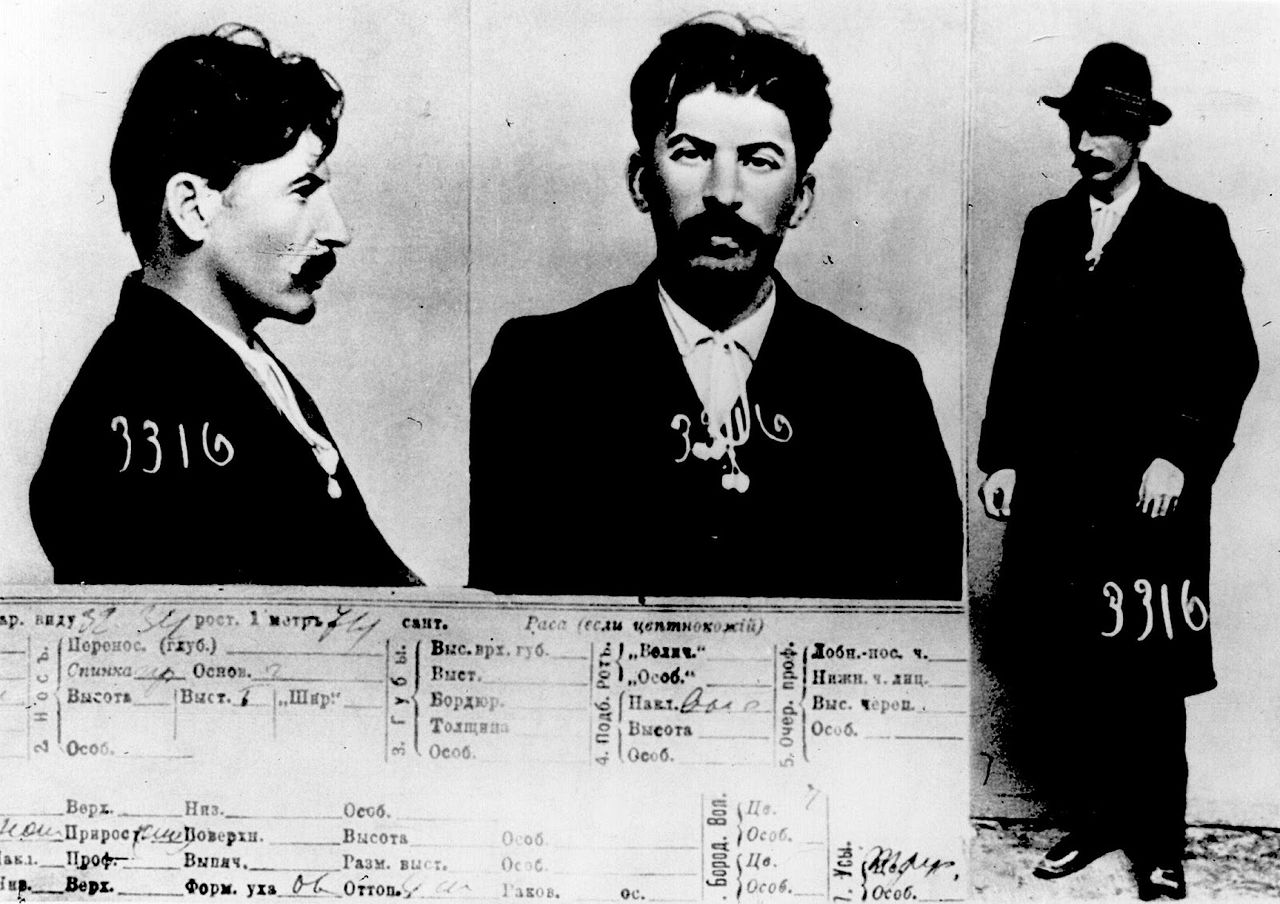
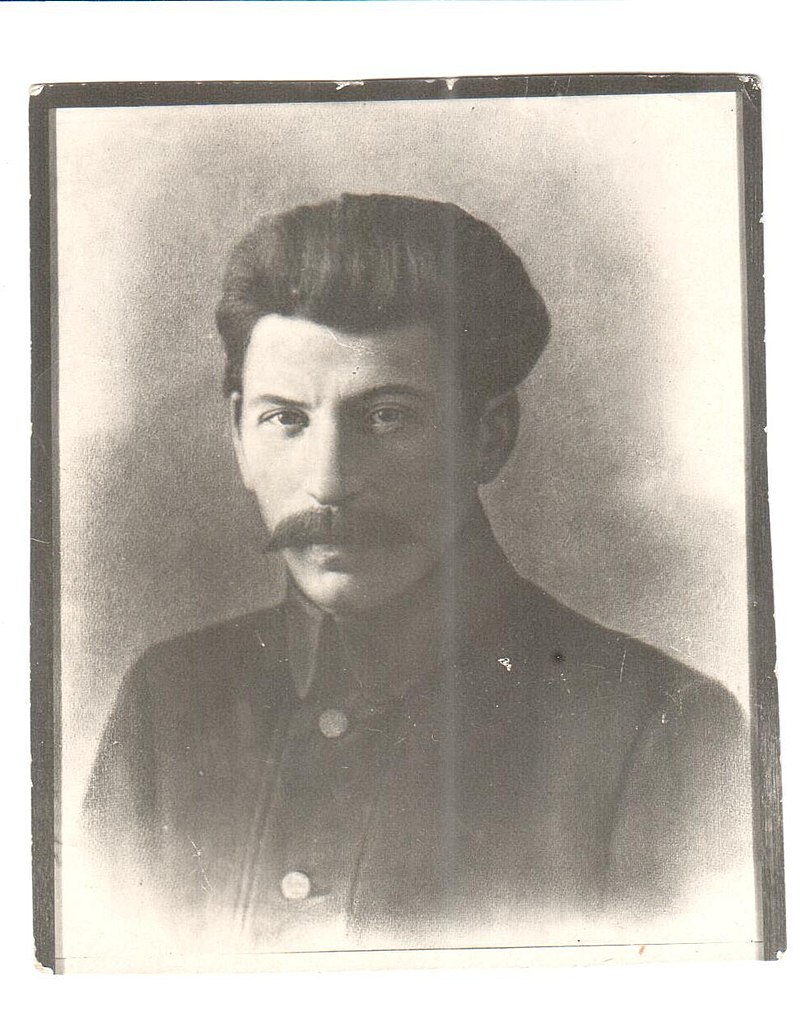
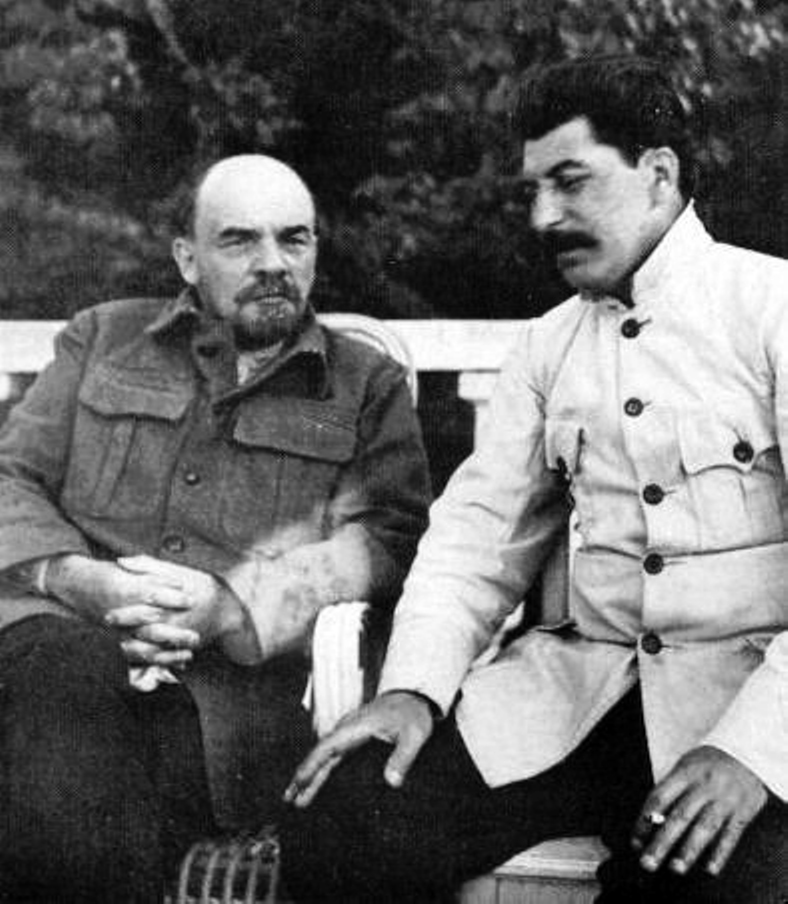
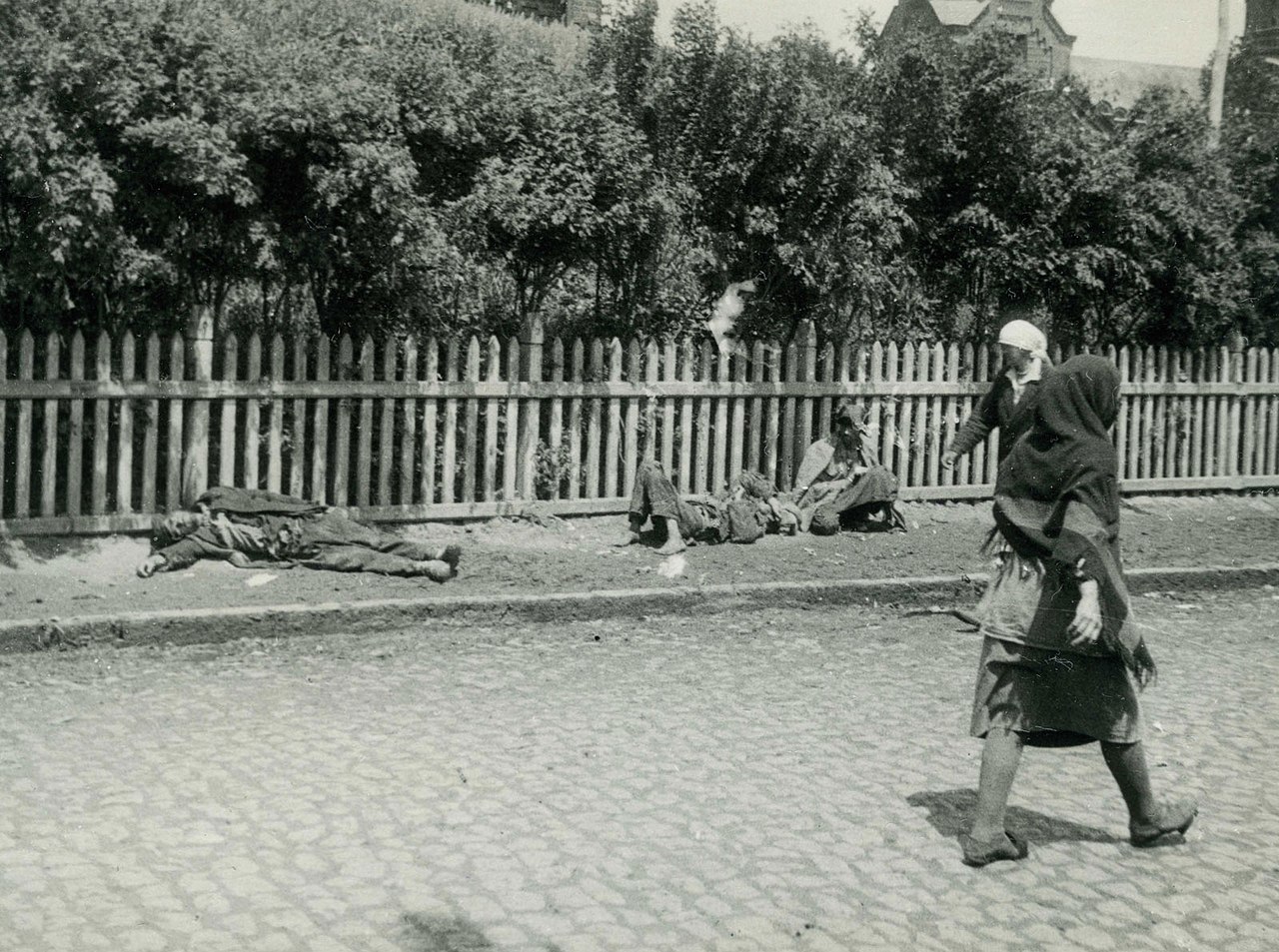
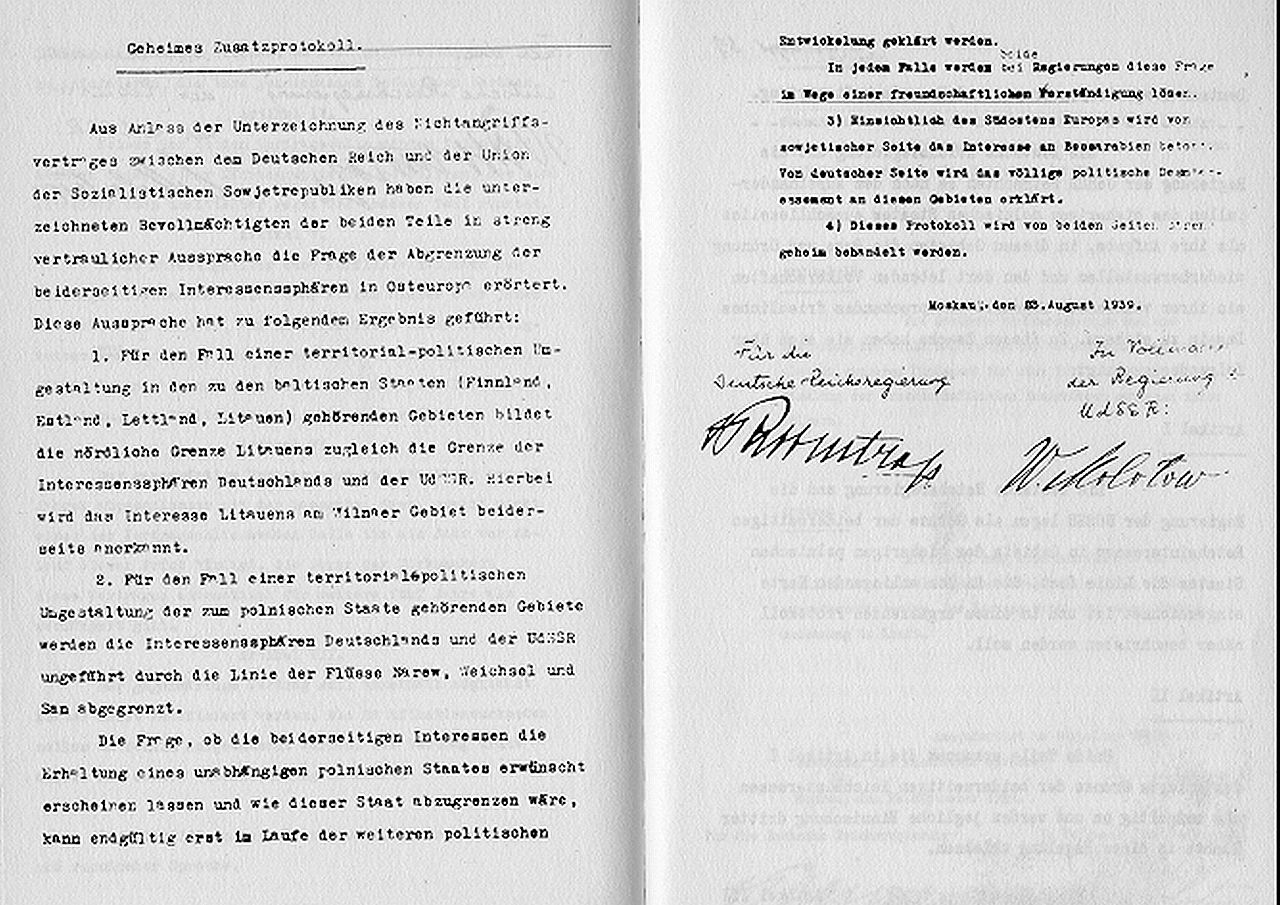
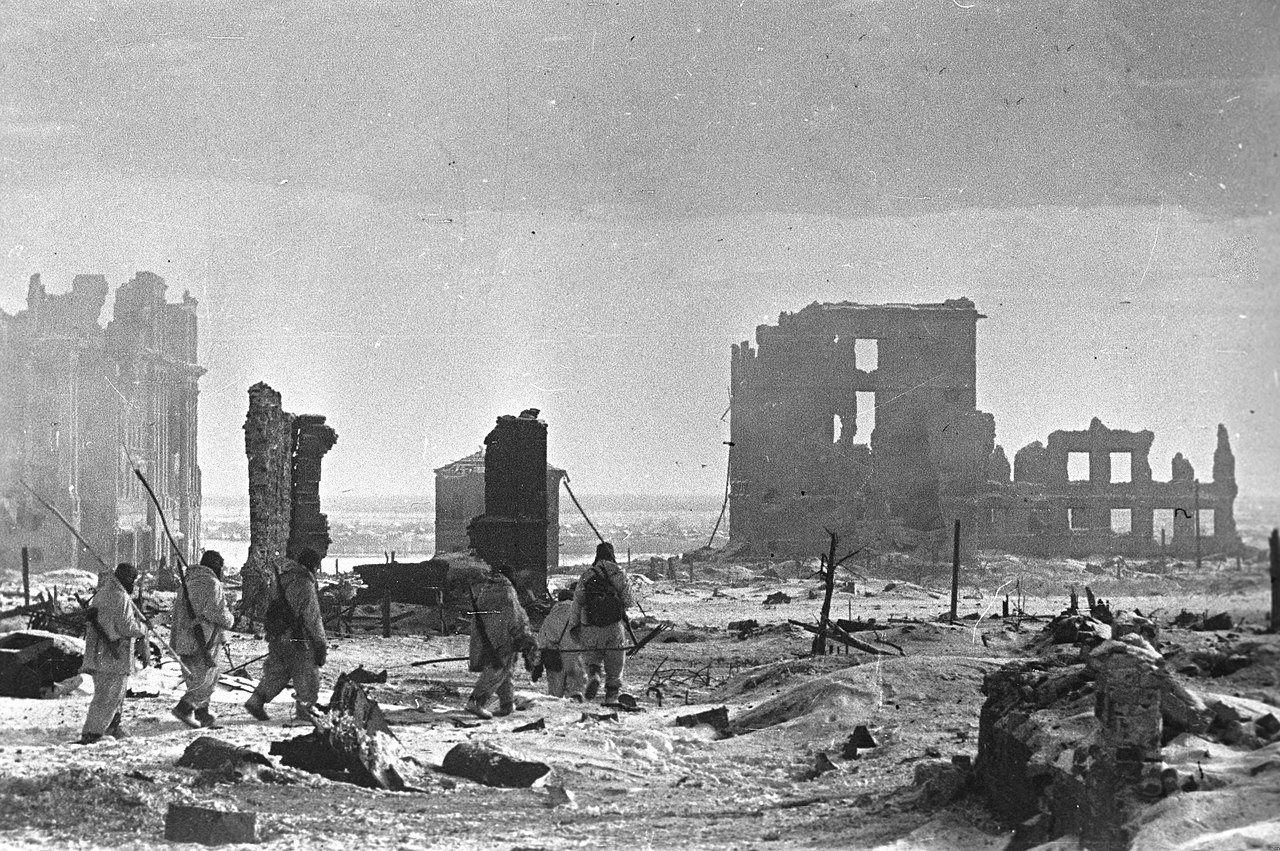
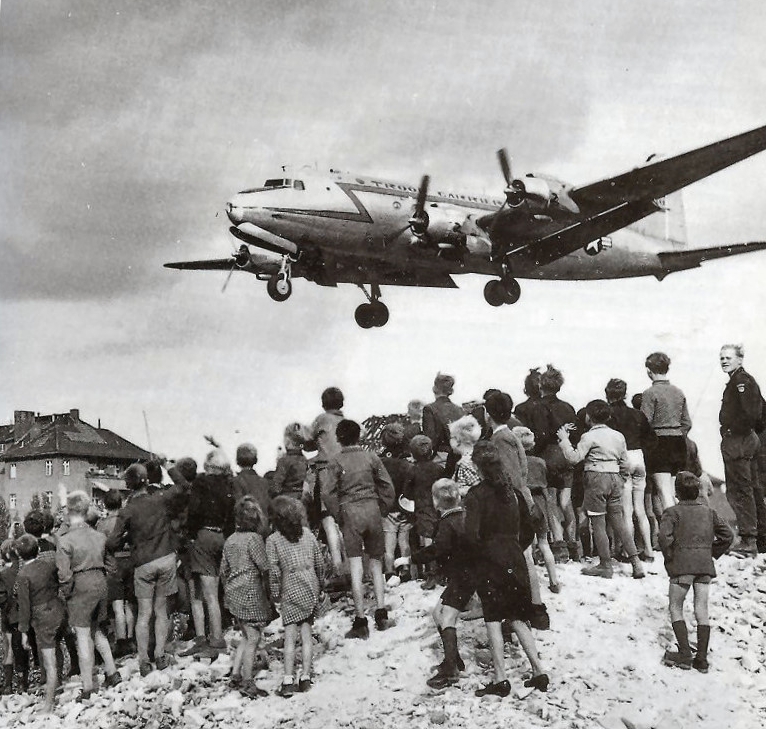
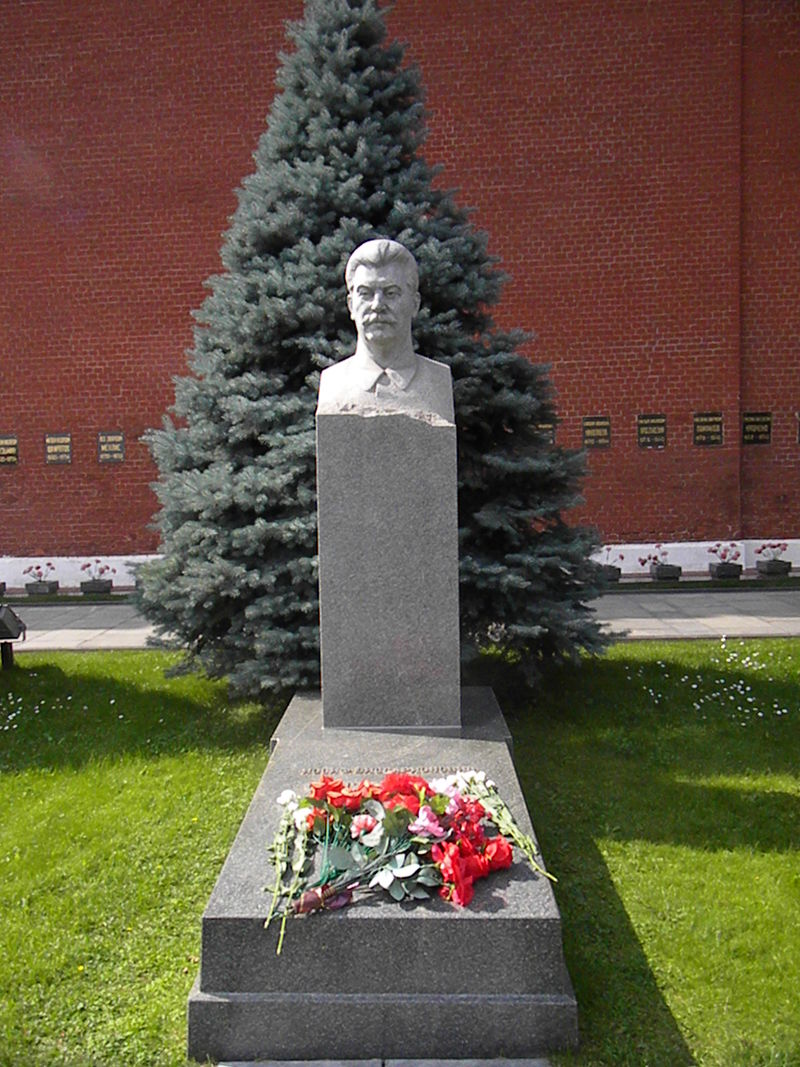

Comments
Links